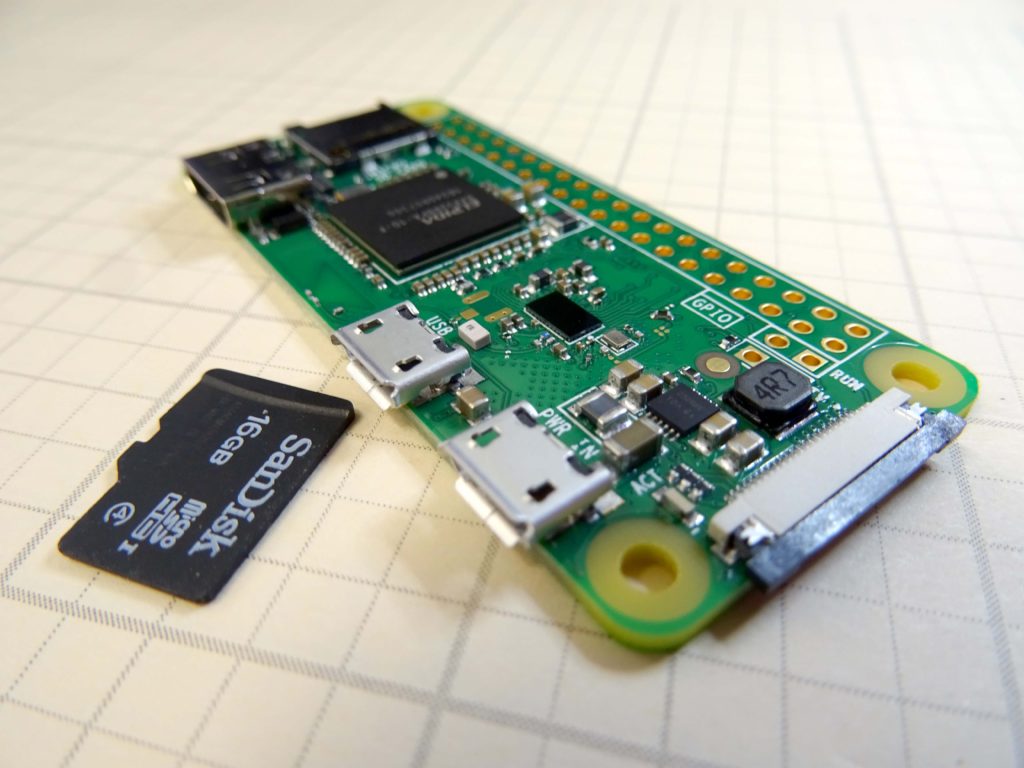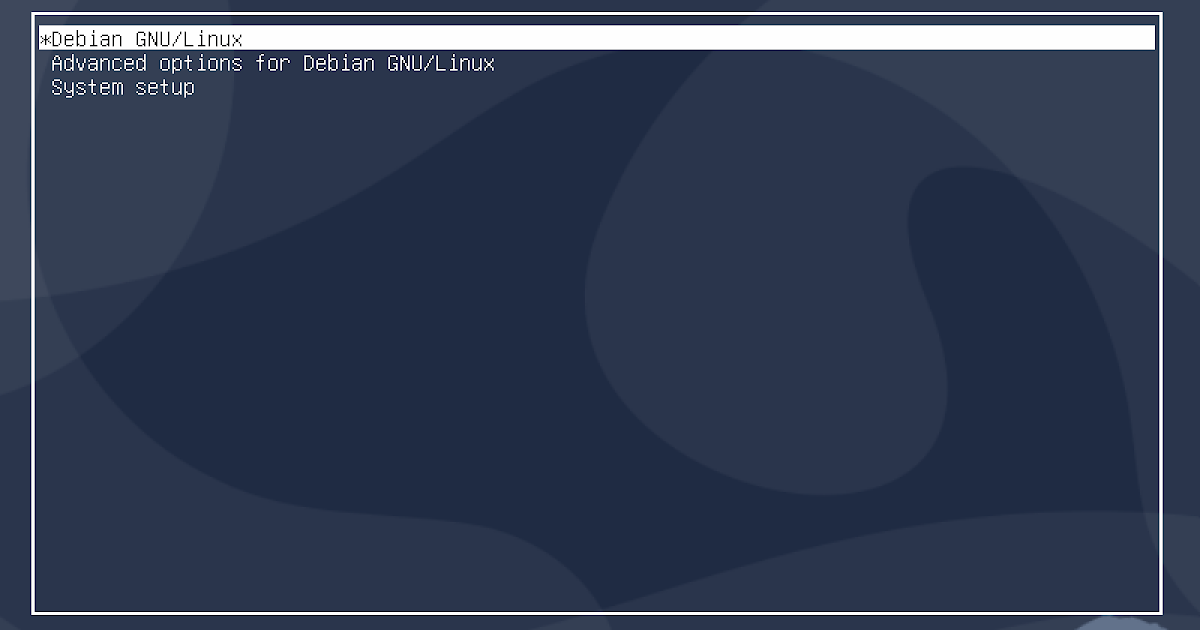

- #DEBIAN RASPBERRY PI ZERO W HOW TO#
- #DEBIAN RASPBERRY PI ZERO W INSTALL#
- #DEBIAN RASPBERRY PI ZERO W FULL#
If anyone has suggestions on how to lower any let me know. Systemctl disable apt-daily-upgrade.timerĪll I am left with now for memory usage.

dwc_otg.lpm_enable=0 console=tty1 root=PARTUUID=8b037108-02 rootfstype=ext4 elevator=deadline fsck.repair=no quiet rootwaitĭisabling some unneeded services systemctl disable rvice Make sure to change the PARTUUID if you copy and paste this line directly. Make the kernel output less verbose by adding the “quiet” flag to the kernel command line in file /boot/cmdline.txt. # This can only be done with at least a UHS Class 1 card # Overclock the SD Card from 50 to 100MHz systemctl disable hciuartĪdd the following lines to your Pi’s /boot/config.txt file and reboot: # usr/bin/tvservice -oĭisable UART since we wont need it. $ mount /dev/sdX /media $ :> /media/ssh $ cat > /media/wpa_nf /etc/apt//80noadditional /etc/dpkg//nodoc /etc/dpkg//nolocale /etc/motdĪdd the following to /etc/rc.local to disable hdmi on startup saving about 25mA of power usage.
#DEBIAN RASPBERRY PI ZERO W INSTALL#
Install a fresh Raspbian Stretch Lite image into the SD card (source).Ĭonfigure headless SSH and Wi-Fi (if necessary) before starting the SD card (source). As for bootup time, I am limited by network connection time 5+ seconds. Currently with the steps below I have achieved 427MB/16MB, close to my goal for disk and memory usage is below the goal. I will post below everything I did to strip this down so that it can be replicated in the future. This image had a few requirements, be under 300MB, have less than 20MB ram usage idle, startup in under 5 seconds. The default login and password after a fresh installation is ‘pi’ / ‘raspberry’.I wanted to make a ultra lite image that I can quickly drop Go programs onto. Then use your favorite SSH client to connect to the raspberry’s IP. On your Wifi router, or whatever the component on your network acting as a DHCP server, I strongly recommand to assign a static IP to your raspberry so that it will be much more easier to administrate it later, and configure it in Jeedom. To check his IP, you have to connect on your Wifi router and refresh a few times the list of connected devices to visually detect the new device. If your Wifi file is OK (network name & passphrase) you should see it connecting on your network.
#DEBIAN RASPBERRY PI ZERO W FULL#
The green light should light a few times until it stabilizes to full color. Now, insert the SD Card in your Raspberry, and plug the USB power. You can now remove the SD Card from your Windows computer and insert it in your Raspberry. Same technic will be applied here: simply create an empty file called ‘ssh’ at the root of yout “boot” drive, on the SD Card. Wpa_passphrase your_SSID your_un-encrypted_SSID_passphrase


 0 kommentar(er)
0 kommentar(er)
